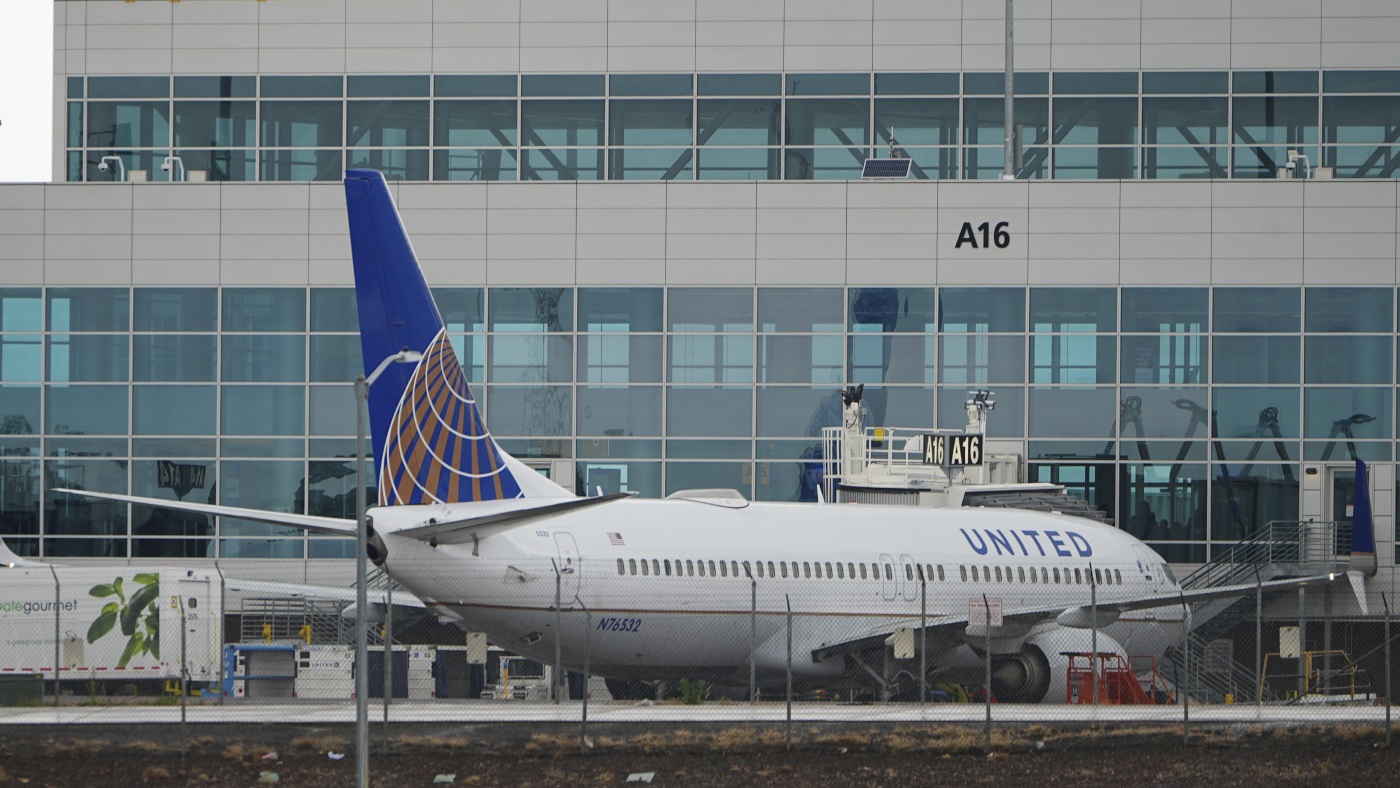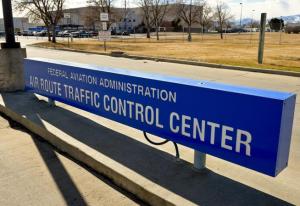Pilots flying into Denver International Airport on a typical Monday afternoon found themselves in a rare situation as they lost communication with air traffic control due to multiple radio transmitter failures. The incident, lasting about 90 seconds at 1:50 p.m., caused momentary concern among aviation professionals and passengers alike. The Federal Aviation Administration cFAAc later confirmed that transmitters covering a section of airspace had malfunctioned, leading to the communication breakdown. However, swift action by air traffic controllers ensured that aircraft remained safely separated with no operational disruptions.
The Denver Air Route Traffic Control Center, located in Longmont, Colorado, serves a vast expanse of airspace spanning nine states. Controllers quickly adapted, resorting to alternative frequencies to guide pilots through the skies. Frank McIntosh, head of air traffic control at the FAA, reassured the public during a congressional hearing that the incident did not impact radar operations, emphasizing the agency's ongoing investigation into the matter.
The occurrence in Denver adds to a string of recent aviation infrastructure issues that have raised nationwide alarm. With previous incidents like a fatal midair collision and radar failures in Philadelphia, concerns over the state of the country's air traffic control systems are escalating. This spotlight on aviation safety has spurred discussions on the need for modernization and improved maintenance practices within the industry.
President Donald Trump's administration unveiled ambitious plans for a multi-billion-dollar overhaul of the air traffic control system, aiming to address outdated equipment and streamline operations. The push towards upgrading technologies echoes calls from experts and industry insiders who have long advocated for comprehensive reforms to enhance safety and efficiency. These proposed changes come on the heels of staff reductions at the FAA, highlighting the evolving landscape of the country's aviation sector.
Chad Kendall, an aviation expert and associate professor, underscores the urgency of addressing underlying issues plaguing the national airspace system. While incidents like the one in Denver may trigger concerns, Kendall reassures that pilots undergo extensive training to handle such scenarios. The current challenges facing the FAA, including equipment malfunctions and personnel shortages, underscore the critical need for a proactive approach to maintain a robust and reliable air traffic control network.
As the investigation into the Denver communication failure continues, the broader conversation around aviation safety unfolds. The FAA's response to recent disruptions highlights the agency's dedication to ensuring the safety and efficiency of air travel. While updates to the air traffic control system remain a priority, the overarching goal is to uphold the reputation of the U.S. airspace as one of the safest in the world. Amidst the evolving aviation landscape, stakeholders emphasize the importance of proactive measures to address systemic weaknesses and enhance the resilience of the nation's air transportation infrastructure.


